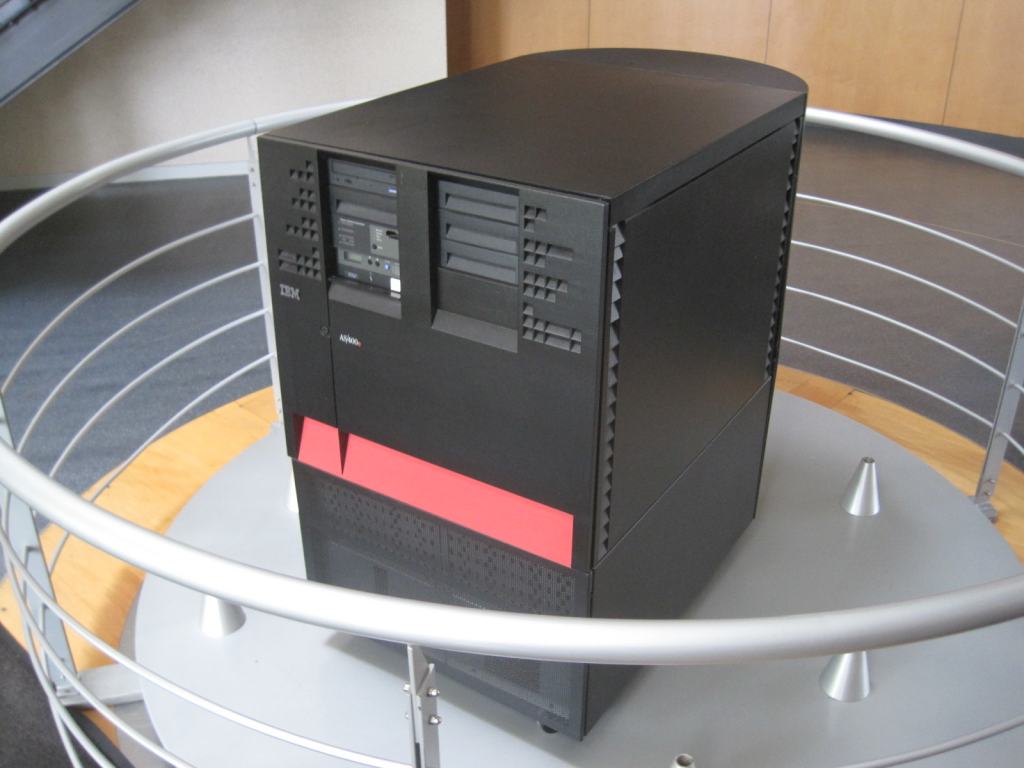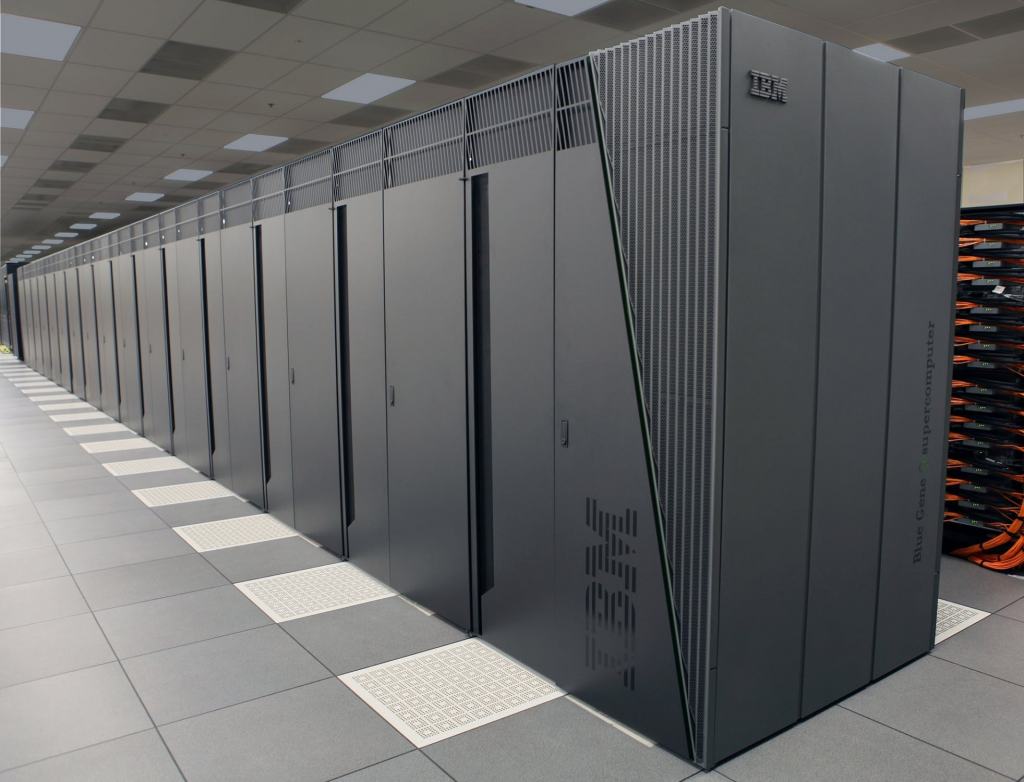Project Description
Introduction
We live in a digital age where technology is constantly evolving every minute. None of these would have been possible without the role of tech giants such as IBM today. This IT company is known for selling the largest volume of sophisticated mid-range systems such as System/34, System/36 and System/38 in the industry. IBM has constantly strived to evolve and deliver high performance processors with evolved operating systems that make it possible to operate at high systems while keeping it cost-efficient. This has been a huge boon for the industry since it provides a two-pronged advantage of running business solutions on cost efficient platforms and protecting their investments on applications that form the very core of their business.

Understanding the IBM i AS/400 Operating System: A Beginner’s Guide

The basic philosophy of IBM’s architecture is ensuring the integration of the middleware components required by the business to IBM’s architecture, symbolised by “i” in IBM i series. To this mix, there are also automated components and efficient data management capabilities that enable the customer to manage their business with ease.
IBM i AS/400 OS is heralded as one of their greatest accomplishments. The IBM i AS/400 Operating System (OS) is one such model that was designed to fit in departments of large companies as well as cater to small businesses, and penetrate almost every business line globally. This model succeeded in the sophisticated midrange products and is known to have an uptime of almost 99.9%.
What makes the IBM i series unique is the breadth of integration that it offers. The System/38 architecture was created based on IBM i’s core architecture design. The feature includes the use of a relational database, single-level storage so customers do not have the huge responsibility of managing storage, ability to handle multiple workloads, and a technology independent interface eliminating recompilation between programs.
The AS/400 comes with a wide variety of interesting features, which may have to be added at an additional cost or managed separately.
System Management: The browser based management tool, IBM Systems Director Navigator enables users including administrators to manage the IBM i partition. The advantages are tracking, monitoring, and planning performance and resource use.
Data Warehousing: Enables it to function as a large repository of data since it includes multi-terabytes of hard disk space and multi-gigabytes of RAM.
Development system: The AS/400 architecture also lends itself as a development system because of the integration with Java Virtual Machine (JVM) and Java based commercial applications that IBM developed.
Groupware services: For corporates, Dominos and Notes provide sophisticated features such as online collaboration, email and project file sharing.
Ecommerce Support: AS/400 can provide ecommerce support for a midsize company since it includes web server and applications that support this platform such as tracking and monitoring orders including vendor management.
From the beginning the overall business philosophy driving the AS/400 was to make it an all-encompassing server that would replace PCs and web servers globally. In reality not only AS400/IBM i provided their customers with the maximum business value, probably far exceeded its original goal.



